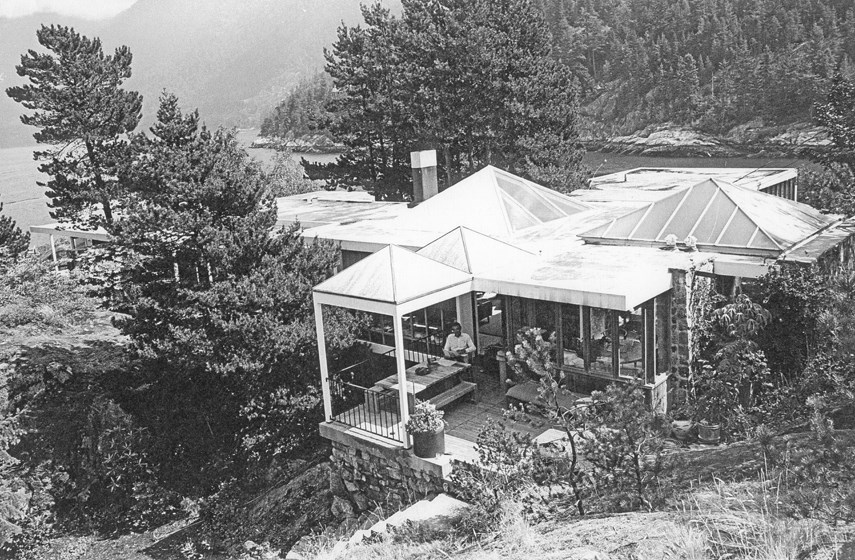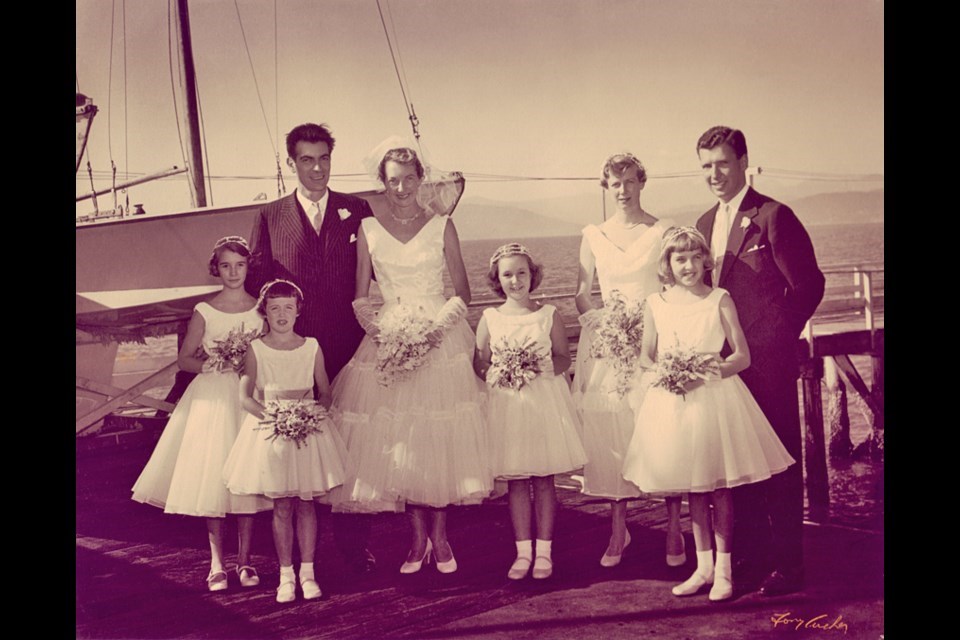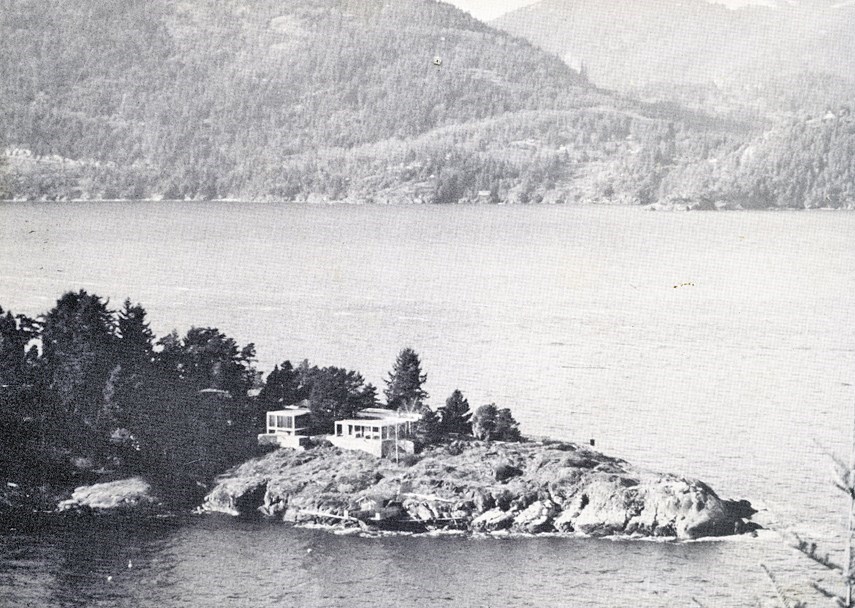The long life and epic career of Geoff Massey would need a 10-volume book or a Netflix series to unpack. He helped create many buildings and communities in Vancouver, Burnaby, Whistler, and Hernando Island. But most remarkable is what Geoff and his colleagues have done for the North Shore: after making homes for themselves and others here, they helped ferment a contemporary culture for the wider society around them.
I first met Geoff 15 years ago, while working on a monograph of West Vancouver artist Bertram Charles Binning—one of many mid-century artists that Geoff had befriended and supported. By then, Geoff was already an octogenarian–a North Shore elder with tales to tell, and I had no idea yet how many. Beginning with this book project, and over the ensuing years, I learned just how influential and engaged he has been with the history of this place.
Geoff moved to the Lower Mainland in 1953. His timing was propitious: the North Shore was transitioning into an unofficial epicentre of cultural fermentation. Artists like Binning and Gordon Smith chose to settle here, inspired by the verdant surroundings. Architects like Ron Thom, whom he worked under at Thompson Berwick Pratt, and Arthur Erickson, whom he moonlighted with on house projects, found the North Shore to be the perfect experimental playground for their work.
Enthused by the creative potential offered here, Geoff enticed his Harvard classmate Abraham Rogatnick to relocate. Abe arrived, and shortly afterward—with Geoff’s financial help and patronage—opened the Lower Mainland’s first contemporary art gallery, on Marine Drive, in an apartment above the studio of jewelry designers Toni Cavelti and Karl Stittgen. The New Design Gallery, as they called it, had such outsize impact that the West Vancouver Museum devoted an exhibition to it in 2012.

The most impactful house project—on a personal as well as professional level—turned out to be a spectacular home they designed on a rocky outcropping at 7290 Arbutus Place. The client was Ruth Killam—and this is how Geoff met the woman with whom he would share his life. In 1955, they exchanged wedding vows in St. Francis-in-the-Woods Church on South Piccadilly Road, and then motorboated across Burrard Inlet to the reception at the Royal Vancouver Yacht Club.
After Arthur Erickson and Geoff established their own firm, they attracted some of the best design talent, including Bruno Freschi, who designed the firm’s landmark Staples House; and Bo Helliwell, who would eventually establish Blue Sky Architecture & Planning in the heart of West Vancouver.
Five years ago, I asked Geoff to be one of the founding directors of the newly created West Coast Modern League, an architectural advocacy society that is non-profit and volunteer-run (and not to be confused with the similar-sounding real-estate operation.) Geoff was a natural fit for the league, having been close friends with Bert and Jessie Binning, whose 1941 house was the group’s first advocacy project. Bo’s work-and-life partner Kim Smith also joined as a founding director, along with fellow West Vancouverites John Patkau, Jeannette Langmann and Wendi Campbell—plus myself and a few other bridge-crossers.
Geoff hosted our quarterly meetings, and his presence has given our discussions and perspective a sense of history and gravitas that is rare in this age of the perennially new. Architect Steve Gairns, who currently chairs the league, recalls his first meeting with Geoff, who by that time was 92 years old. Steve knew him only as a legend, but when he met him in person, “I was struck by how gracious and unpretentious he was,” he recalls.

The other league directors, knowing how important Geoff has been to our cultural history and our cause, unanimously agreed to include Geoff as one of the celebrated subjects of our first “Masters of West Coast Modernism” tribute event in the fall of 2017—a pop-up exhibition at the West Vancouver Museum..
Geoff and Ruth had lived the fantasy North Shore life, entertaining the cream of Vancouver artists and architects at their home while raising four children in an idyllic setting. “We had no idea then how lucky we were as kids, going out and catching salmon right off the dock,” recalled his son Raymond Massey last week.
Sadly, their childhood house is now gone—a later owner transformed it into an aviary, damaging it substantially; a subsequent owner demolished it. But it lives on in photographs—an inspiration, I’d like to think, to future generations who will call this place home.
Adele Weder is the founder of the West Coast Modern League, a non-profit society for the preservation and promotion of West Coast architecture.




